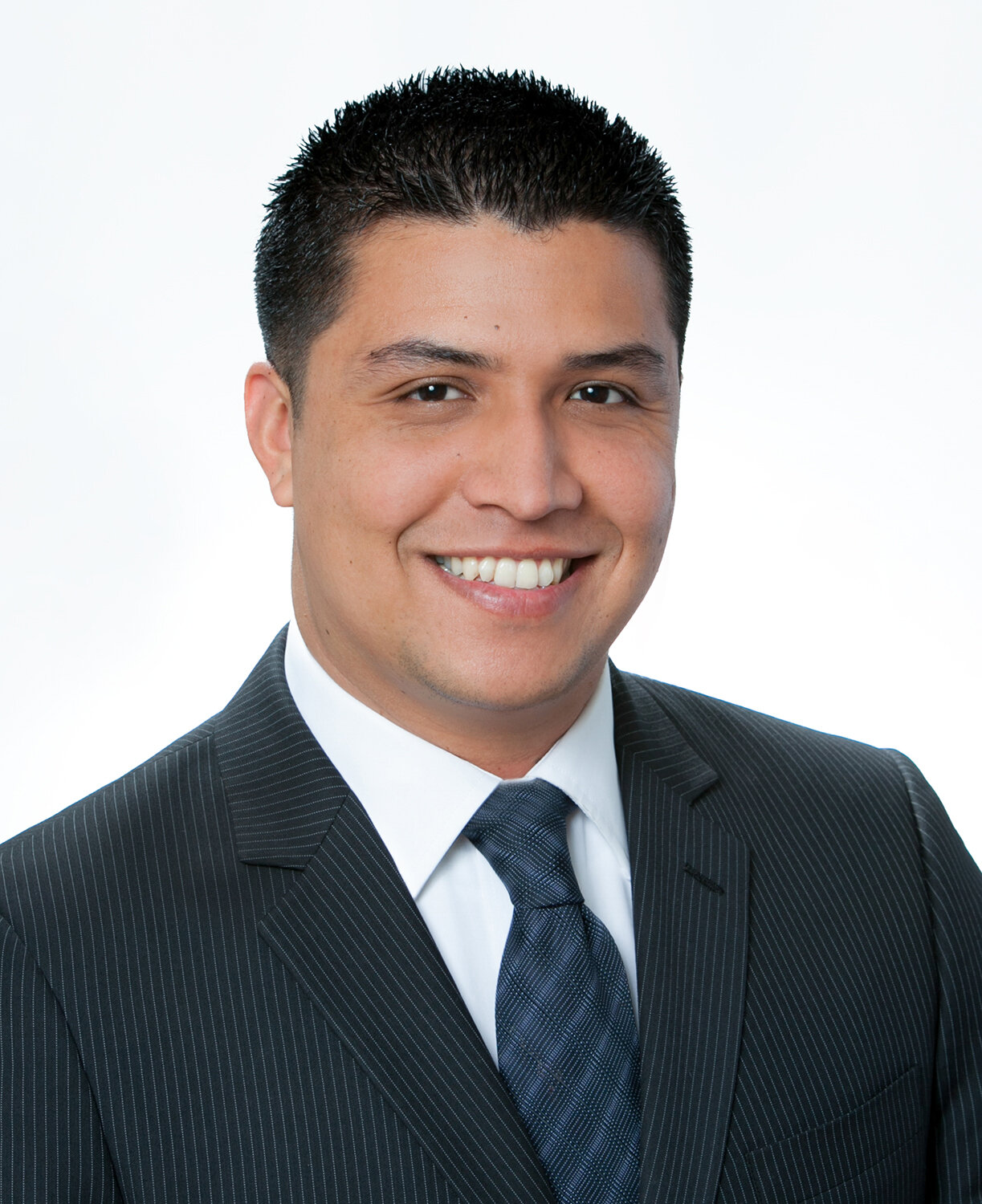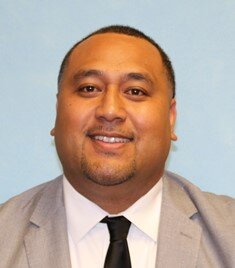Addressing Housing Insecurity in Linda Vista
/Affordable housing remains a critical need in Linda Vista and throughout San Diego and we know that this is a big issue that will take significant collaboration and effort before every resident has an affordable and secure place to call home.
Linda Vista has one of San Diego’s most socio-economically distressed neighborhoods with residents facing housing insecurity, the effects of gentrification, overcrowding in complexes, and sometimes even unsafe or unlivable conditions. More than a quarter of Linda Vista’s 33,461 residents are considered “extremely low income,” and almost 50% are “very low income,” according to data from SANDAG and HUD. Additionally, residents are being priced out of their homes as rental rates continue to climb.
That’s why we take a two-pronged approach to addressing housing insecurity. Our team provides direct, on-the-ground support by means of forms assistance and resource referrals. Our team makes services accessible in three languages, English, Spanish, and Vietnamese, to bridge language barriers. We also provide one-on-one case management and forms assistance in these languages to clients in need of assistance locating and acquiring stable, dignified housing.
Additionally, we are proud to work alongside elected officials, other non-profit organizations, and resident leaders to advocate for long-term systemic changes that prioritize affordable housing in local and regional development. Bayside leverages its voice on the Linda Vista Planning Group, as the chair of that group’s Affordable Housing Task Force launched in September 2021. The Task Force’s goal is to ultimately offer policy choices that policymakers and other communities can act on that support the development and prioritization of affordable housing in neighborhoods like Linda Vista. Bayside is also an active participant in community bodies like Live Well San Diego North Central Team, SANDAG Social Equity Working Group, and the Linda Vista Collaborative which work to advance equitable and sustainable regional development.
If you would like to help support our efforts on-the-ground or behind-the-scenes contact us at kheinle@baysidecc.org.

























